We’ve all seen a dog bark at an empty room or a cat stare intently at nothing. But what if animals aren’t just reacting to random sounds or shadows? Tales of animals sensing danger, predicting disasters, or even reacting to the supernatural have been told for centuries. Could they possess a sixth sense—or are we projecting our fears and fantasies onto their mysterious behaviors? Let’s dive into some of the most fascinating stories that suggest animals might see what we can’t.
1. Dogs That Refuse to Enter Certain Rooms

Shutterstock
Dogs have long been said to sense things beyond human perception. Many dog owners report their pets refusing to enter certain rooms, barking at empty spaces, or cowering without apparent reason. Paranormal researchers believe this could be due to their heightened senses picking up energy changes—or even spirits. In one chilling case, a Labrador in a historic home refused to cross the threshold of a room where a murder had taken place decades earlier. Are they reacting to memories locked in the walls, or something watching from the shadows?
2. Cats and Their Ghostly Gazes

Have you ever caught your cat staring intently at a blank corner of the room? Cats’ eerie focus on empty spaces has sparked theories for centuries. Some say they can see spirits or energies invisible to humans. In one case, a family noticed their cat hissing at a chair in the middle of the night, only to discover later it had belonged to a deceased relative. Whether it’s heightened vision or a supernatural connection, their ghostly behavior sends shivers down the spine.
3. Earthquake-Detecting Chickens
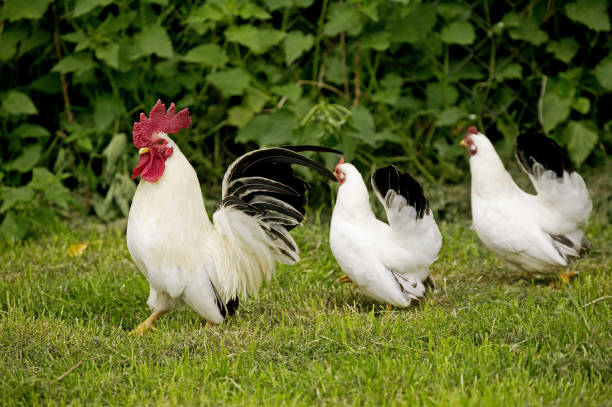
In the moments before an earthquake, chickens often become frantic, squawking loudly and fleeing their coops. Scientists theorize they sense the P-waves—subtle vibrations humans can’t feel—but their reactions are startlingly precise. In one village in Japan, chickens erupted into chaos just minutes before a devastating quake hit, giving locals enough time to take cover. Their panic serves as nature’s eerie alarm system, leaving us wondering how they know what’s coming.
4. Birds That Vanish Before Storms
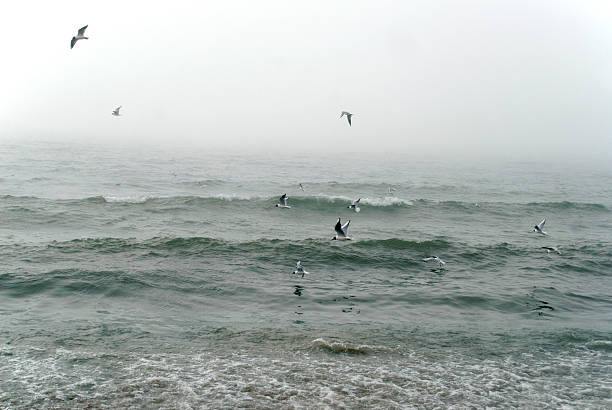
iStock
During Hurricane Katrina, researchers noticed something eerie: migratory birds had altered their routes days before the storm hit. In the quiet before a disaster, birds are often the first to disappear, fleeing for safety while humans remain unaware. This phenomenon has been tied to changes in air pressure, but the precision of their behavior feels uncanny. Do they sense the storm itself—or the devastation it will bring? Either way, their absence leaves a haunting silence.
5. Elephants Fleeing the Tsunami
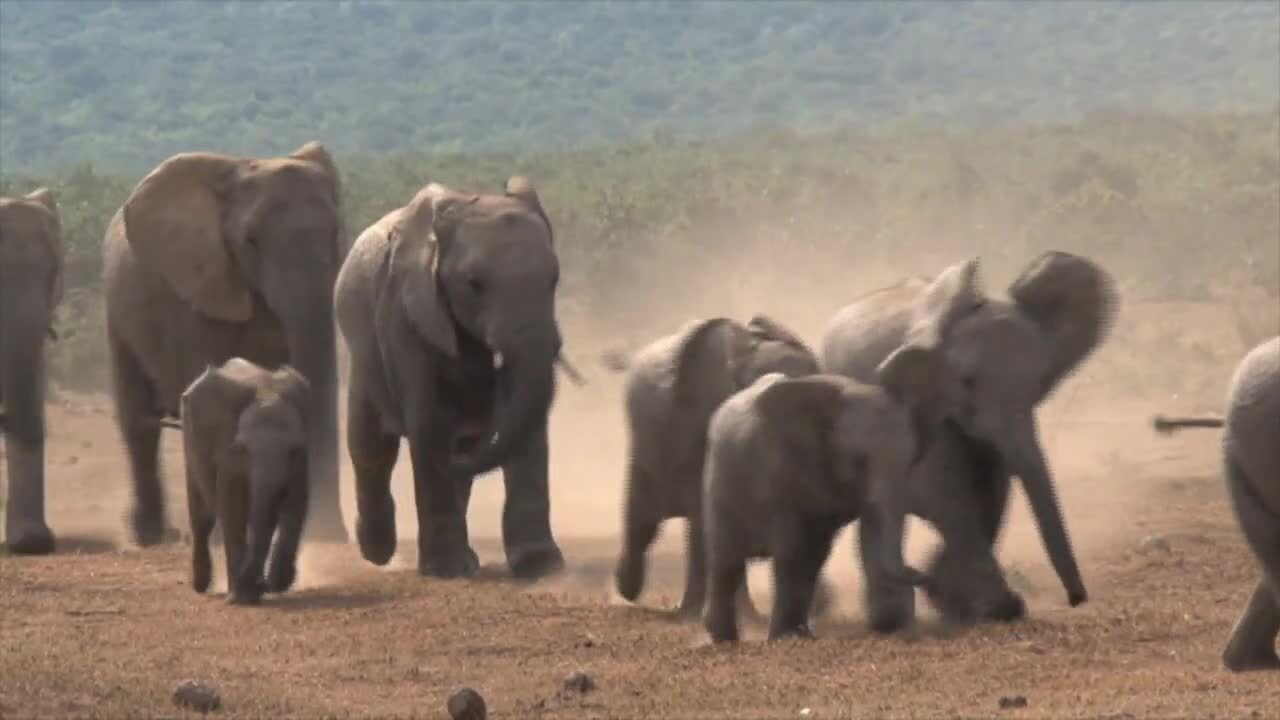
KPAX
Before the 2004 Indian Ocean tsunami struck, elephants in Thailand trumpeted loudly, broke free from chains, and ran to higher ground, taking people with them. Scientists theorize they heard infrasonic rumbles from the earthquake that caused the tsunami. Villagers, however, believe the elephants sensed the earth’s distress and acted as protectors. Their panicked cries and urgent escape saved countless lives, leaving many to wonder: was this purely instinct—or something far more profound?
6. Horses and the Sunsphere

In the shadow of the Sunsphere during a thunderstorm in Knoxville, horses were seen pacing and neighing in distress minutes before lightning struck the nearby structure. Their acute sensitivity to electricity may explain their agitation, but the eerie synchronicity of their behavior with the storm’s climax has been etched into local legend.
7. Crows at the Edge of Death
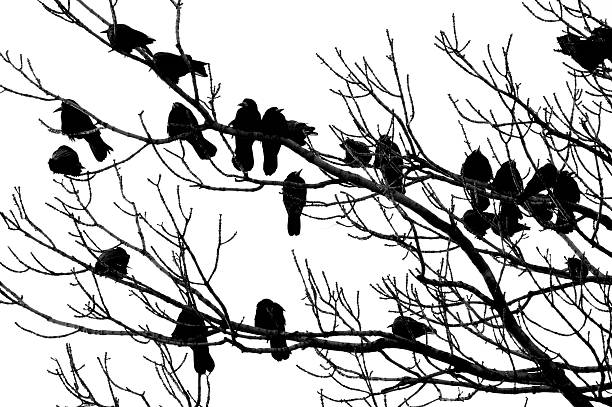
Crows are known to gather in large numbers around sites of death, holding what some call “crow funerals.” But their eerie connection to death goes further. In one documented case, crows circled above a man’s home every morning for weeks before his passing. Researchers suggest crows recognize impending death through subtle changes in behavior or smell, but the phenomenon remains deeply unsettling, like nature’s harbinger of doom.
8. Dolphins to the Rescue

Time and again, dolphins have appeared to save humans from peril. In one famous case, a pod of dolphins encircled a group of swimmers off the coast of New Zealand, protecting them from an approaching great white shark. Scientists say dolphins’ altruistic behavior may stem from their intelligence and social bonds, but the timing often feels uncanny—almost as if they know when we’re in danger, even before we do.
9. Snakes Fleeing Volcanoes
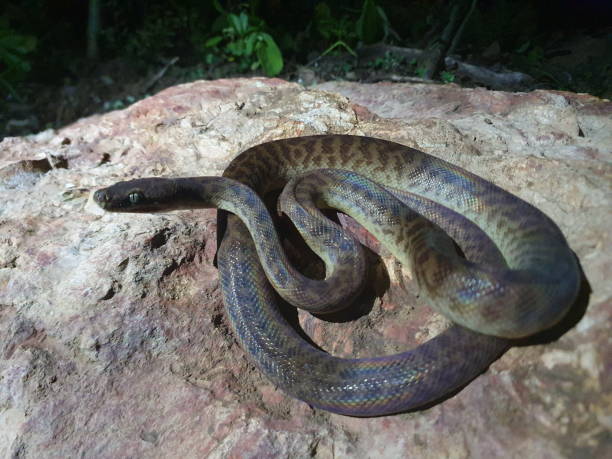
Before Mount Pinatubo erupted in 1991, locals reported a mass exodus of snakes slithering away from the volcano. Days before any visible signs of eruption, these creatures disappeared into the jungle. Experts say snakes can detect subtle changes in temperature and ground vibrations, but their timing was almost supernatural. To the villagers who saw them flee, it felt like an omen—a silent warning of the catastrophe to come.
10. Fireflies and Spirits
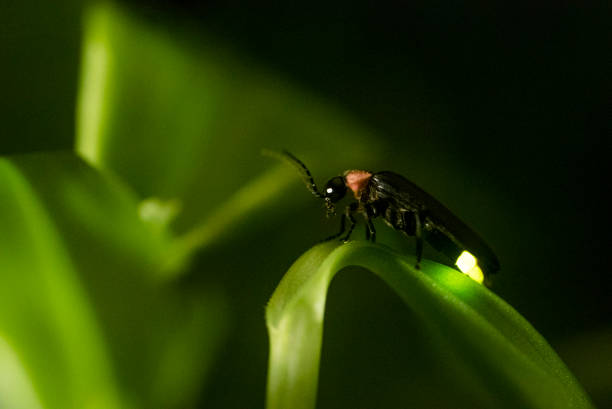
In many cultures, fireflies are believed to be messengers of the spirit world. Their sudden appearance, especially around death or tragedy, is often seen as a sign. In one haunting account, fireflies filled a room moments after a loved one passed, flickering softly as if bidding farewell. While science attributes their glow to bioluminescence, their timing in such cases feels almost otherworldly, as if they bridge the gap between the living and the dead.
11. Fish That Vanish Before Storms

Shutterstock
Fishermen in the Pacific Islands tell eerie tales of fish disappearing from the shallows before major storms. In one account, an experienced fisherman noticed an empty sea hours before a typhoon swept in, with even the smallest fish gone. Science explains this behavior as a reaction to changes in barometric pressure, but to those who witness it, the vanishing act feels almost like a warning from the sea itself.
12. Bees and Abandoned Buildings
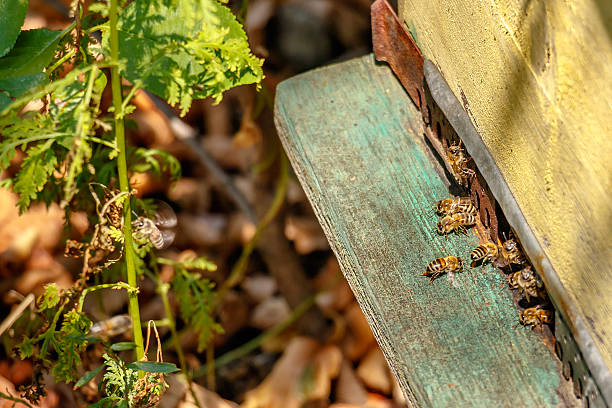
Bees are known to flee before disasters, leaving their hives eerily empty. In one strange case, a hive inside an old barn vanished days before the building collapsed in a storm. Scientists believe bees sense atmospheric pressure changes, but the sight of a lifeless hive feels like an omen—a silent warning from nature’s most diligent workers.
13. Whales Singing to the Lost

iStock
Pods of whales have been observed circling and singing hauntingly beautiful songs before a member of their group dies. These mourning rituals, recorded by marine biologists, feel deeply emotional and intentional. Indigenous cultures believe whales guide spirits through the vast oceans, their songs a lament for the departed. Are they grieving or saying goodbye in ways we can’t comprehend?
14. Frogs Before Rainstorms
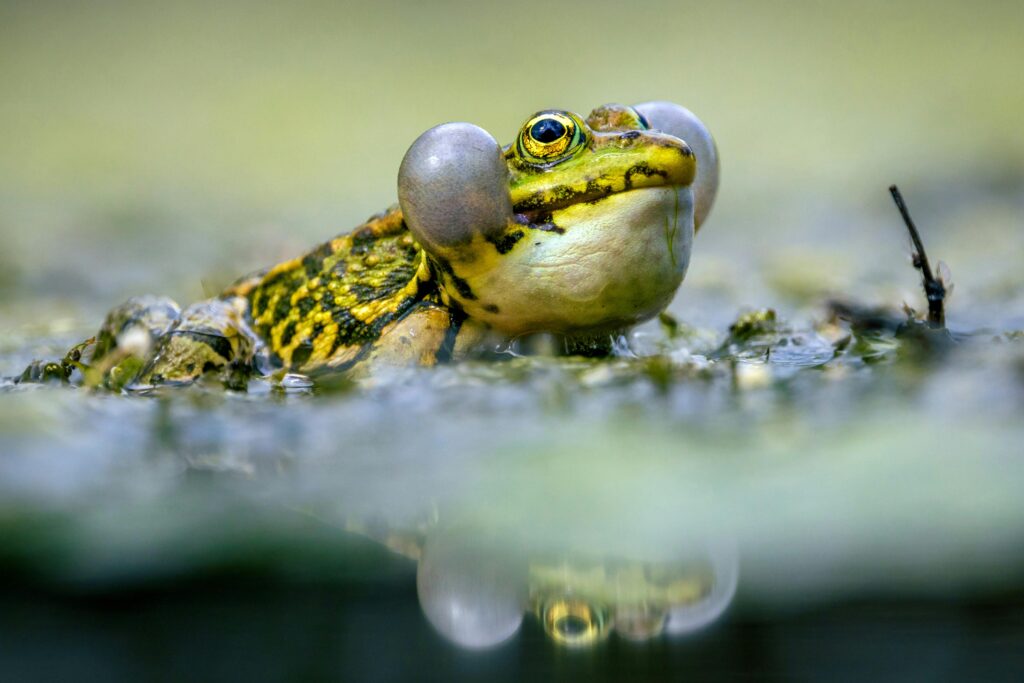
Frogs have long been seen as weather predictors, emerging from hiding before heavy rain or storms. In 2010, scientists observed a mass gathering of frogs days before severe flooding in China. Their croaking seemed to intensify as the storm approached, almost as if they were announcing the deluge. While some attribute this to changes in humidity, the accuracy of their timing is unnerving, making them eerie sentinels of the natural world.
15. The Silent Forest Before Danger
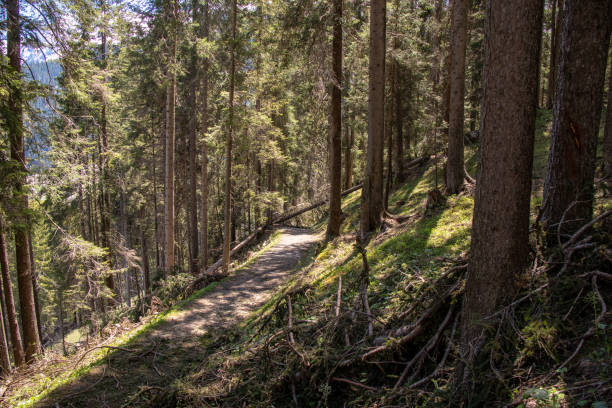
Before earthquakes, storms, or avalanches, forests fall silent. Birds stop singing, leaves stop rustling, and animals seem to vanish. This eerie phenomenon, often called the “quiet before the storm,” has been observed by hikers and hunters worldwide. Scientists believe animals are reacting to subtle environmental shifts, but the sudden hush feels almost like a warning. Is this silence a result of instinct—or nature itself holding its breath for what’s to come?
16. Butterflies Appearing Before Death
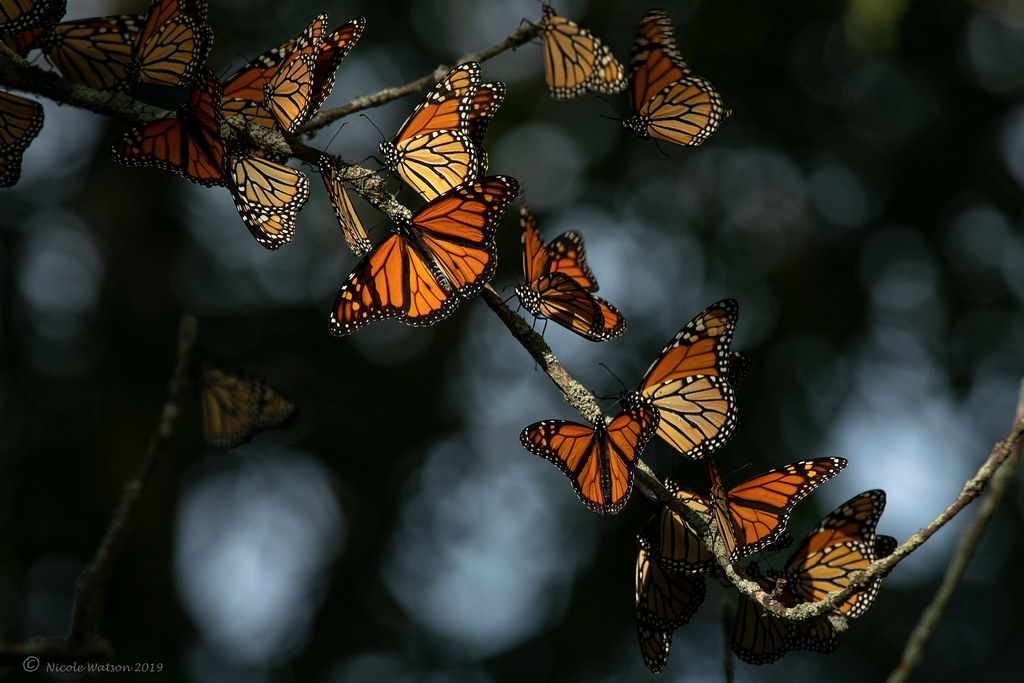
iStock
Butterflies appearing before death is a theme in folklore worldwide. In one particularly eerie case, a man reported seeing a single butterfly land on his mother’s hospital bed moments before she passed. While science doesn’t link butterflies to death, their sudden, silent presence in such moments feels like a delicate but haunting message from the beyond.
17. Frogs That Flee Before Rainstorms
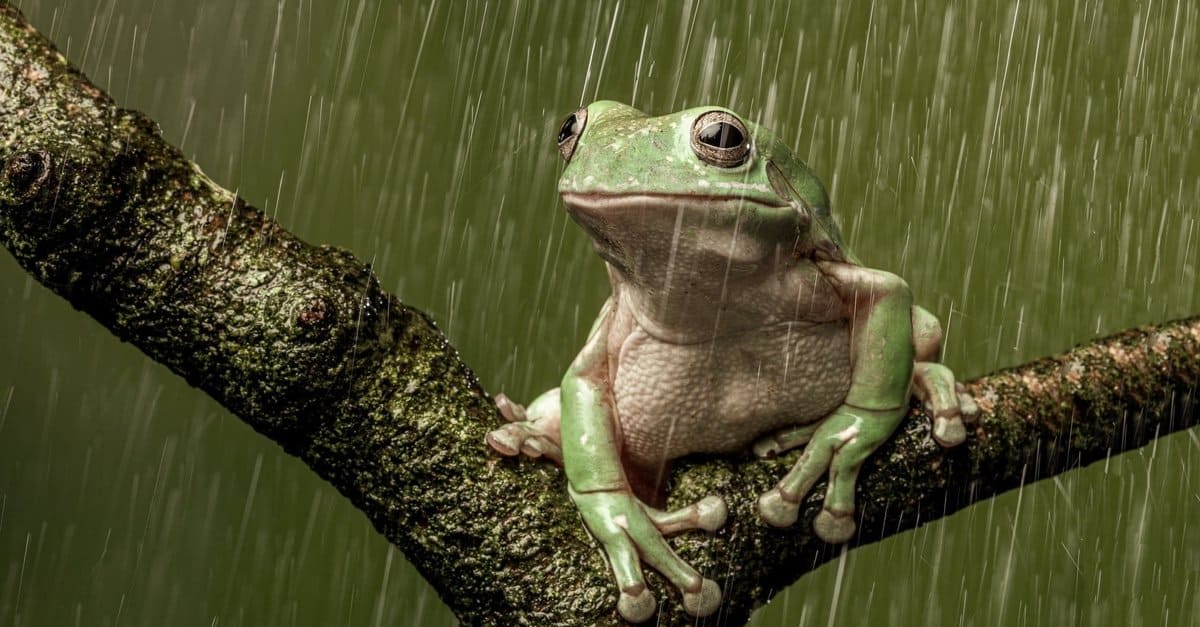
iStock
In parts of Southeast Asia, frogs are said to predict rain long before it falls. Farmers have noted their sudden migrations or loud croaking before monsoon rains arrive. One farmer in India told of frogs appearing in droves hours before a particularly devastating flood, warning those who paid attention. Scientists suggest their reactions stem from humidity changes, but to those who rely on them, frogs act as nature’s weathermen—and lifesavers.
18. Ants Moving Before Earthquakes
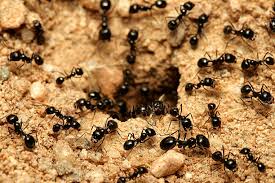
iStock
Ant colonies have an uncanny ability to predict earthquakes. Before seismic activity, ants abandon their nests, relocating en masse to safer ground. Researchers observed this in Germany, where ants moved hours before a quake struck, despite no visible signs of danger. Their behavior is thought to be linked to shifts in the Earth’s magnetic field, but to those who witness it, it feels like nature itself is whispering a warning.
19. Spiders Disappearing Before Storms
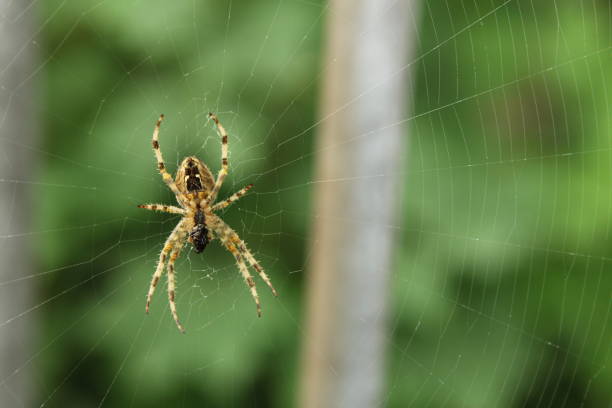
Spiders are often the last creatures we think of, but their behavior before storms is impossible to ignore. In one chilling case, residents of an Australian town reported webs vanishing from gardens the day before a cyclone struck. Scientists speculate spiders retreat to safe spaces when they sense atmospheric shifts, but their disappearance can feel like nature’s silent alarm. Are they simply reacting to weather changes, or do they see the danger we miss?
20. Wolves Howling Before Avalanches

Wolves in the Rocky Mountains have been observed howling relentlessly in the hours before an avalanche. Their calls seem to carry a frantic urgency, as though warning the wilderness of impending doom. While researchers believe wolves pick up on subtle shifts in snow density, their haunting cries feel like a lament for lives about to be lost.
Nature’s creatures seem to possess a sixth sense, warning us of dangers we cannot see. From the silent flight of snakes to the ghostly stares of cats, their behavior reminds us of the mysteries still lurking in the natural world—mysteries we may never fully understand.


